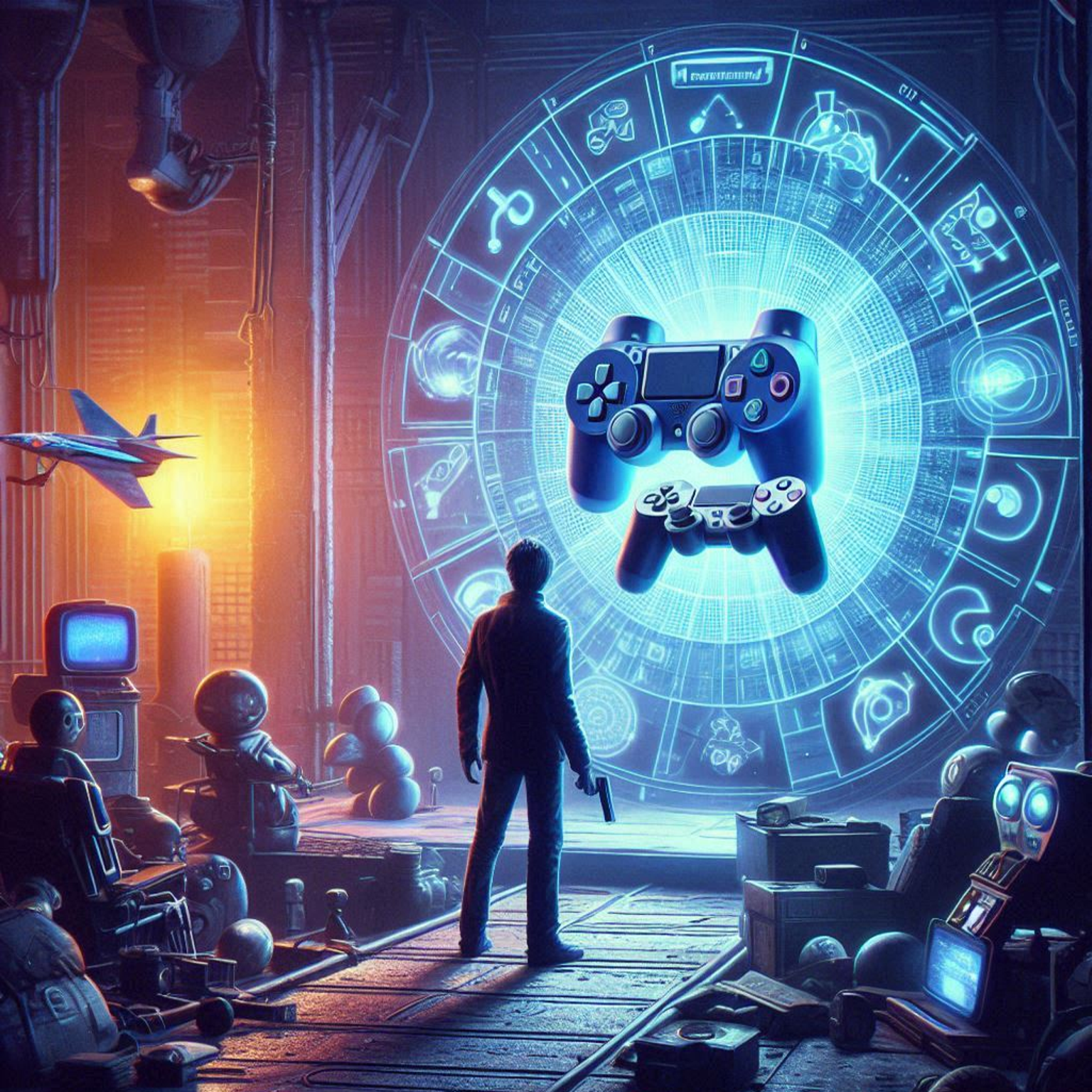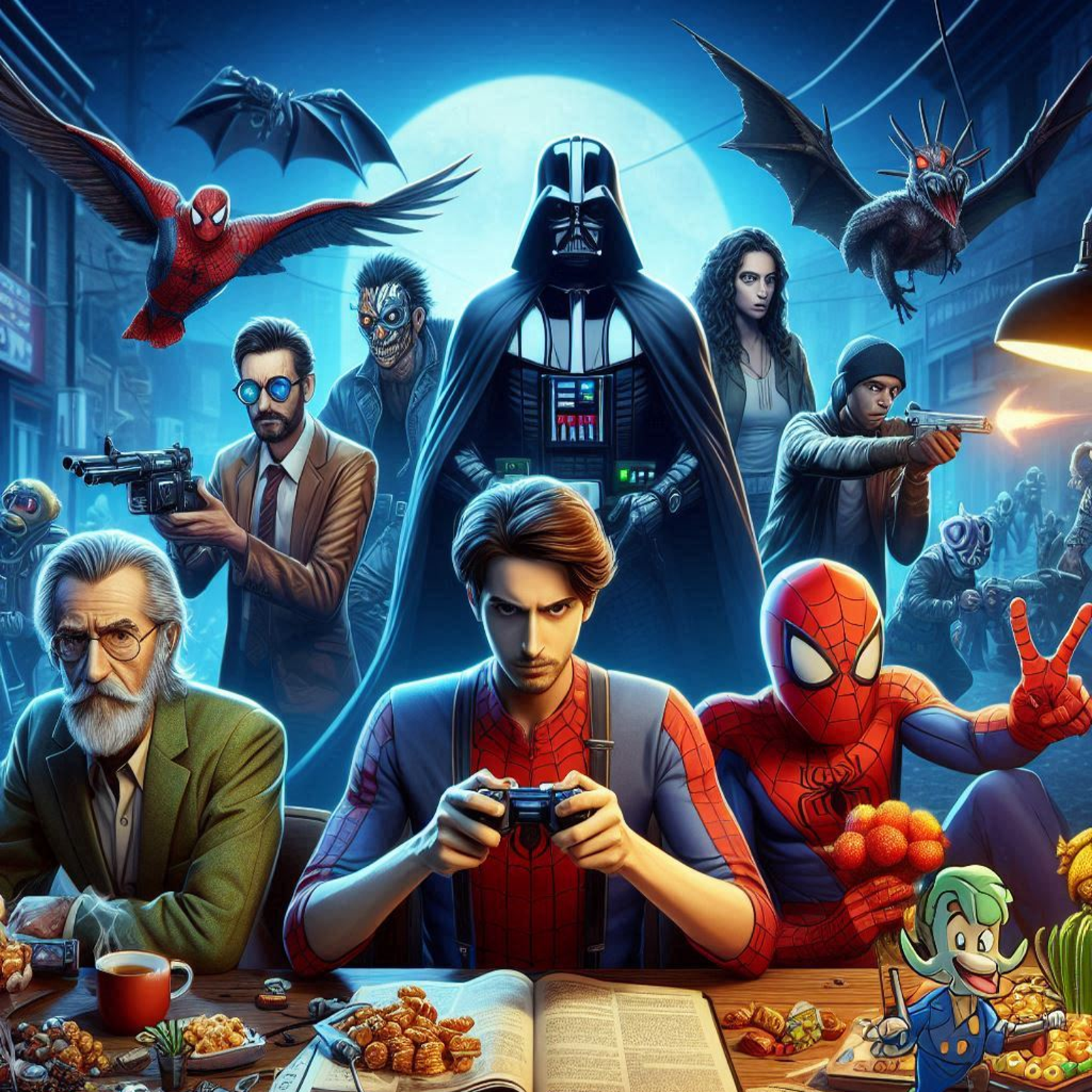The Sega Dreamcast is a video game console that came out in 1998. Although it was not the most popular console, it was very special and had many cool features. This is why people still remember it fondly today. Let’s take a look at some important things about the Dreamcast and why it was ahead of its time.
First, the Dreamcast was the first console to have online gaming. This means that players could connect to the internet and play games with friends from all over the world. This was a big deal back then, and it changed how people played video games.
Another great feature was the VMU, or Visual Memory Unit. It was a kind of memory card that had a little screen. Players could use it to play mini-games or check their game stats without turning on the console. This added a new layer of fun to gaming.
The Dreamcast also had some amazing games, like Sonic Adventure, Crazy Taxi, and Soulcalibur. These games were very popular and are still loved today. The graphics and gameplay of these games were better than many games on other consoles at that time.
Sadly, the Dreamcast didn’t sell well enough and was discontinued in 2001. However, it has left a big influence on the gaming world. Many things we see in video games today were first introduced with the Dreamcast.
In conclusion, the Sega Dreamcast was a console that was ahead of its time because of its online gaming, innovative VMU, and great games. Even though it didn’t last long, its legacy continues to inspire gamers and game makers.
Glossary:
1. Console – A device used to play video games.
2. Online gaming – Playing video games over the internet with other players.
3. VMU (Visual Memory Unit) – A memory card with a screen for extra features.
4. Graphics – The visual art of a video game, including how it looks.
5. Legacy – Something left behind that continues to have an impact.
The Legacy of the Sega Dreamcast: A Console Ahead of Its Time
The Sega Dreamcast was a video game console released in 1998 in Japan and 1999 worldwide. It was the last console made by Sega before the company exited the hardware market. Despite its short life span, the Dreamcast left a significant impact on the gaming industry. It introduced many features that are now standard in gaming consoles, which makes it a remarkable topic for discussion.
Key Features of the Dreamcast
- Online Gaming: The Dreamcast was one of the first consoles to offer built-in modem support, allowing gamers to play online.
- VMU (Visual Memory Unit): This device acted as a memory card and a second screen, displaying mini-games and information.
- Graphics and Performance: The Dreamcast boasted superior graphics compared to other consoles of its time, allowing for vibrant and detailed games.
Why Did the Dreamcast Struggle?
Despite its innovative features, the Dreamcast faced several challenges that contributed to its downfall:
- Competition: The entry of Sony’s PlayStation 2, which had DVD playback capabilities, overshadowed the Dreamcast.
- Marketing: Sega failed to market the Dreamcast effectively, leading to a lack of awareness among potential buyers.
- Limited Third-Party Support: Many game developers were hesitant to develop for the Dreamcast due to Sega’s previous failures.
Innovations Introduced by the Dreamcast
The Dreamcast introduced various innovations that have become essential in modern gaming:
- Online Multiplayer: The Dreamcast’s online service paved the way for internet gaming on consoles, influencing the design of future systems.
- Indie Game Development: The Dreamcast was known for its support of indie developers, allowing many creators to bring their games to a wider audience.
Quotes from Industry Experts
“The Dreamcast was a revolution in online gaming, setting a standard that would take years for other consoles to match.”
“Despite its early demise, the Dreamcast is fondly remembered for its creativity and the unique experiences it brought to gamers.”
The Dreamcast Today
Even though the Dreamcast was discontinued, its legacy continues to influence the gaming world:
- Cult Following: Today, the Dreamcast has a devoted fan base that celebrates its library of games and innovative hardware.
- Remastered Games: Many classic Dreamcast games, such as Shenmue and Jet Set Radio, have been remastered and re-released on newer consoles.
- Homebrew Development: The Dreamcast supports homebrew games, allowing developers and enthusiasts to create new content for the console.
Future Lessons from the Dreamcast
The story of the Sega Dreamcast teaches important lessons about innovation, customer engagement, and market strategy. Its failures can inform future console manufacturers on how to avoid similar pitfalls.
| Online Gaming | Changed how players interact and compete in games. |
| Visual Memory Unit (VMU) | Introduced secondary displays in gaming. |
| Indie Support | Encouraged creativity and diversity in gaming content. |
In summary, the Sega Dreamcast was a console that was truly ahead of its time. Despite its challenges and eventual decline, its spirit lives on, influencing new generations of gamers and developers alike. The lessons learned from its rise and fall can continue to guide the future of gaming.
What was the Sega Dreamcast?
The Sega Dreamcast was a home video game console released in 1998 in Japan and 1999 in North America and Europe. It was Sega’s final console and is often remembered for its innovative technology and unique features.
Why is the Dreamcast considered ahead of its time?
The Dreamcast featured advanced hardware for its time, including a built-in modem for online gaming, a visual memory unit (VMU) that acted as a secondary screen, and support for high-quality graphics. Many of its features laid the groundwork for future gaming consoles.
What were some notable games released for the Dreamcast?
The Dreamcast had a diverse library of games, including classics such as “Sonic Adventure,” “Shenmue,” “Jet Set Radio,” and “Phantasy Star Online.” These games showcased the console’s capabilities and contributed to its cult following.
Why did the Dreamcast fail commercially?
Despite its innovations, the Dreamcast struggled against strong competition from the Sony PlayStation 2, which had a more extensive game library and DVD playback capabilities. Poor marketing, a lack of third-party support, and the rise of the PlayStation 2 led to its decline in sales.
What impact did the Dreamcast have on the gaming industry?
The Dreamcast is credited with pioneering aspects of online gaming and introducing features that became commonplace in future consoles. Its legacy can be seen in today’s gaming experiences, influencing game design and online connectivity.
Is there still a community around the Dreamcast today?
Yes, the Dreamcast has a dedicated fanbase that continues to develop homebrew games and mods. Online communities and forums discuss retro gaming, celebrate the console’s history, and keep its spirit alive through events and fan gatherings.
What is the lasting legacy of the Dreamcast?
The lasting legacy of the Dreamcast lies in its role as a trailblazer in gaming technology, its unique catalog of games, and the passionate community it fostered. It serves as a reminder of innovation and creativity in gaming culture.



